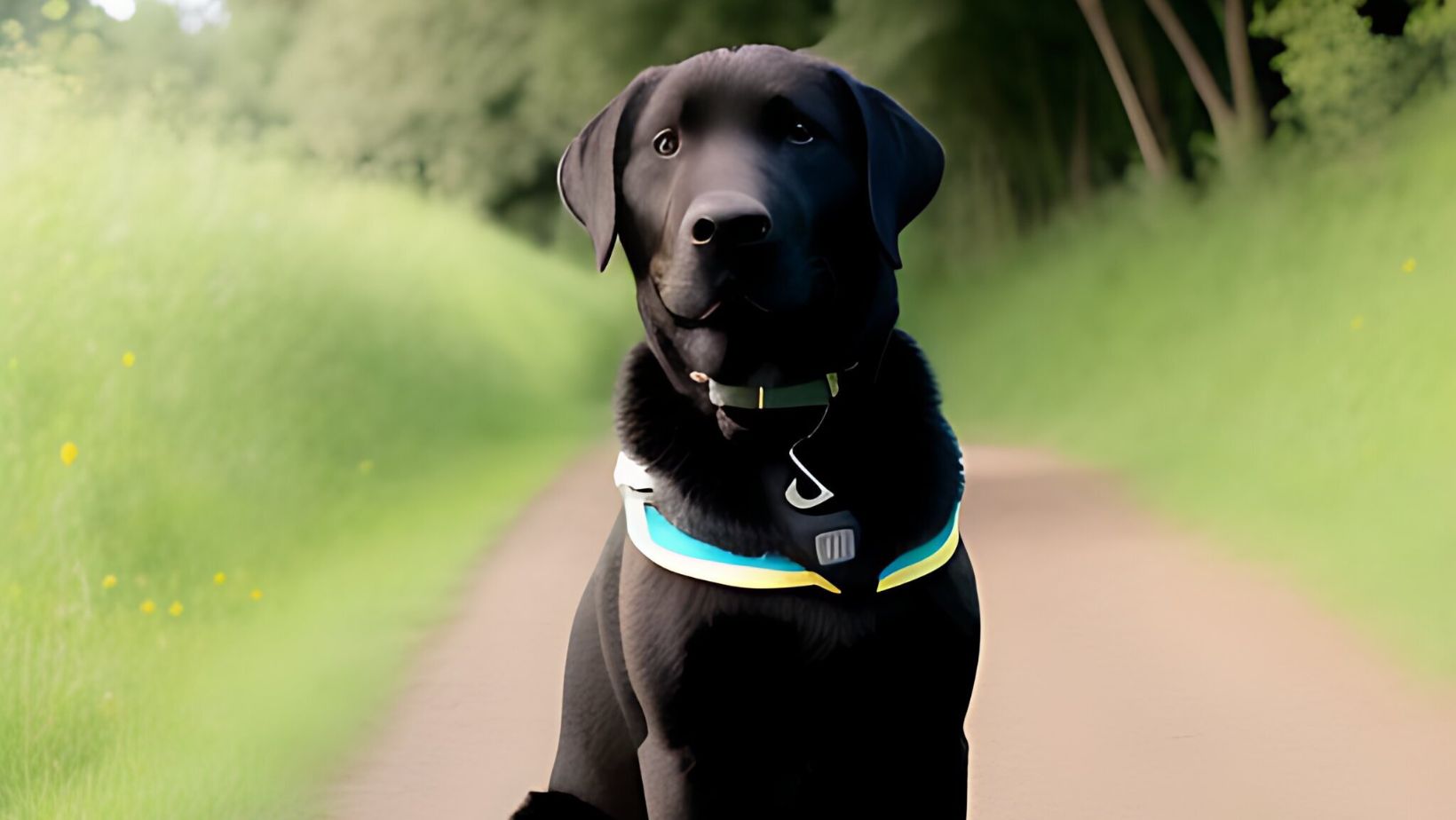How to Walk a Dog on a Leash
Walking a dog on a leash is an essential part of responsible pet ownership. It not only provides exercise and mental stimulation for your furry friend but also promotes bonding between you and your Labrador. However, mastering the art of walking a dog on a leash can sometimes be challenging, especially if you have an energetic and strong-willed breed like a Labrador. But fear not! With some patience, consistency, and proper techniques, you’ll soon be strolling down the sidewalk with ease.
When it comes to walking a Labrador on a leash, one important factor to consider is their size and strength. Labradors are known for their muscular build and enthusiasm for exploration. Therefore, it’s crucial to choose the right type of leash that can withstand their pulling force. Opt for a sturdy leash made from durable materials such as nylon or leather.
Getting Your Dog Used to Wearing a Leash
When it comes to walking your furry friend, one of the most important steps is getting them comfortable with wearing a leash. Whether you have a Labrador or any other breed, helping your dog adjust to this new accessory can make all the difference in having an enjoyable and safe walking experience.
Here are some tips to help ease your dog into wearing a leash:
- Introduce the leash gradually: Start by simply allowing your dog to sniff and investigate the leash. Let them get familiar with its presence before actually putting it on them. This will help reduce any initial anxiety or resistance.
- Positive association: Make sure that wearing the leash becomes associated with positive experiences for your dog. Use treats, praise, and rewards when they show calmness or acceptance while wearing it. This will reinforce the idea that the leash brings about good things.
- Short practice sessions: Begin by having short practice sessions inside your home or in a familiar outdoor space. Attach the leash to their collar or harness and let them walk around freely without pulling on it too much. Gradually increase the duration of these sessions as they become more comfortable.
- Gentle guidance: When your dog starts pulling on the leash, avoid yanking or jerking it back abruptly as this may cause discomfort or anxiety for them. Instead, gently redirect their attention towards you using treats or toys and encourage loose leash walking.
- Gradual exposure to distractions: As your dog grows more accustomed to wearing a leash, slowly introduce different environments with varying levels of distractions such as other dogs, people, or traffic noise. This will help prepare them for real-world walks where there might be plenty of stimuli.
Remember that every dog is unique and may require different amounts of time and patience to get used to wearing a leash comfortably. Stay consistent in your training efforts and always prioritize positive reinforcement over punishment.
Introducing Walking on a Leash Indoors
Walking a dog on a leash is an essential skill for every dog owner, and it’s important to start training them early on. One great way to introduce your furry friend to walking on a leash is by practicing indoors. This controlled environment allows you to focus on teaching your dog the basics without distractions from other dogs, people, or traffic.
Here are some helpful tips for successfully introducing walking on a leash indoors:
- Choose the Right Equipment: Before you begin, make sure you have the appropriate equipment. A sturdy leash and collar or harness that fits your dog comfortably are essential. For larger breeds like Labradors, using a harness can provide better control and prevent strain on their necks.
- Create a Positive Environment: Set up an inviting space in your home where you can practice with your dog. Clear any obstacles or hazards that could potentially cause accidents or distractions during training sessions.
- Start Slowly: Begin by letting your dog become familiar with wearing the collar or harness and dragging the leash around indoors. Allow them to explore at their own pace while gently guiding them away from any potential dangers.
- Use Positive Reinforcement: Reward-based training methods work best when introducing walking on a leash indoors. Each time your dog takes even one step in the right direction (pun intended!), offer praise, treats, or their favorite toy as positive reinforcement.
- Practice Leash Handling Skills: As your dog becomes more comfortable with wearing the equipment, gradually introduce light tension on the leash while encouraging them to follow alongside you. Practice short walks within confined spaces before progressing to longer distances.
Remember that consistency is key when teaching any new behavior to your furry companion. Keep training sessions short but frequent and be patient as they learn this new skill at their own pace.
By starting indoors, you create a safe and controlled environment for both you and your Labrador to build confidence and establish a positive association with walking on a leash. Once your dog becomes proficient indoors, you can gradually transition to outdoor walks and explore the world together. Happy walking!
